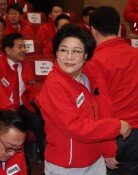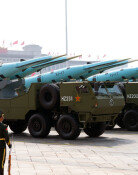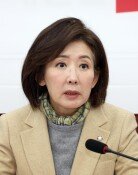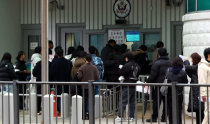Tuition fees for four-year private universities are cheaper than English-teaching kindergartens
Tuition fees for four-year private universities are cheaper than English-teaching kindergartens
Posted February. 15, 2025 07:17,
Updated February. 15, 2025 07:17

Political pledges aimed at winning votes for the election were the main reason college why tuition has been frozen since 2009. The Hannara Party, then the opposition party, promised to cut the student burden of college tuition in half during the May 2006 local election. Then, in February 2008, a nationwide network combining civil groups and social organizations was launched, and the network waged a campaign to urge the adoption of 50% college tuition along with the National University Student Union. From then on, college tuition has become a social issue.
The government also asked universities to freeze their tuition fees from 2009 onward, citing livelihood hardships triggered by the global financial crisis at the end of 2008. In 2011, the Minjoo Party (or Democratic Party) adopted 50% college tuition as one of its official welfare package policies for free medical services, school meals, and childcare. The Hannara Party also took 50% of college tuition as party policy and announced measures to relieve the burden. Since 2012, the government has pressured colleges and universities to freeze tuition by providing Type II national scholarships to those who have lowered their tuition.
According to the statistics released by the Korean Council for University Education, the Consumer Price Index, which stood at 89.9 in 2011, jumped to 114.18 in 2024. Based on this index, the actual college tuition for national and public universities has decreased by 23.3% from 4.807 million KRW in 2011 to 3.687 million KRW in 2024. The tuition for private universities has dropped by 21.9% from 8.552 million KRW to 6.68 million KRW. Social surveys conducted by Statistics Korea showed that the percentage of parents with only university students who considered tuition the most burdensome educational expense was 81.3% in 2010 but continuously declined to 60.6% by 2022.
The current tuition for private universities, which is higher than their national counterparts, was lower than that of English-teaching kindergartens, private elementary and middle schools, cram schools for repeat KSAT takers, and even pet kindergartens. The Korean Association of Private University Presidents showed that if the monthly education fee for a four-year private university is set at 1, the English-teaching kindergartens are 2.9 times higher, that of international high schools 3.9, boarding cram schools for repeat KSAT takers 7.8, and pet kindergartens 1.6 times higher.
Ye-Na Choi yena@donga.com



![화장실 갇혔을 때 생존법…“최후에는 변기뚜껑” [알쓸톡]](https://dimg.donga.com/c/138/175/90/1/wps/NEWS/IMAGE/2025/12/26/133042007.3.png)



